Museo Archeologico Nazionale della Valle Camonica
Civitade Camuno
The Museum
The Museo Archeologico Nazionale della Valle Camonica (National Archaeological Museum of Valle Camonica) collects and promotes the archaeological heritage of the Roman period coming from Cividate Camuno and the entire area. In addition, the museum serves as a connection with the different archaeological sites of the Roman age present in the vicinity.
The History
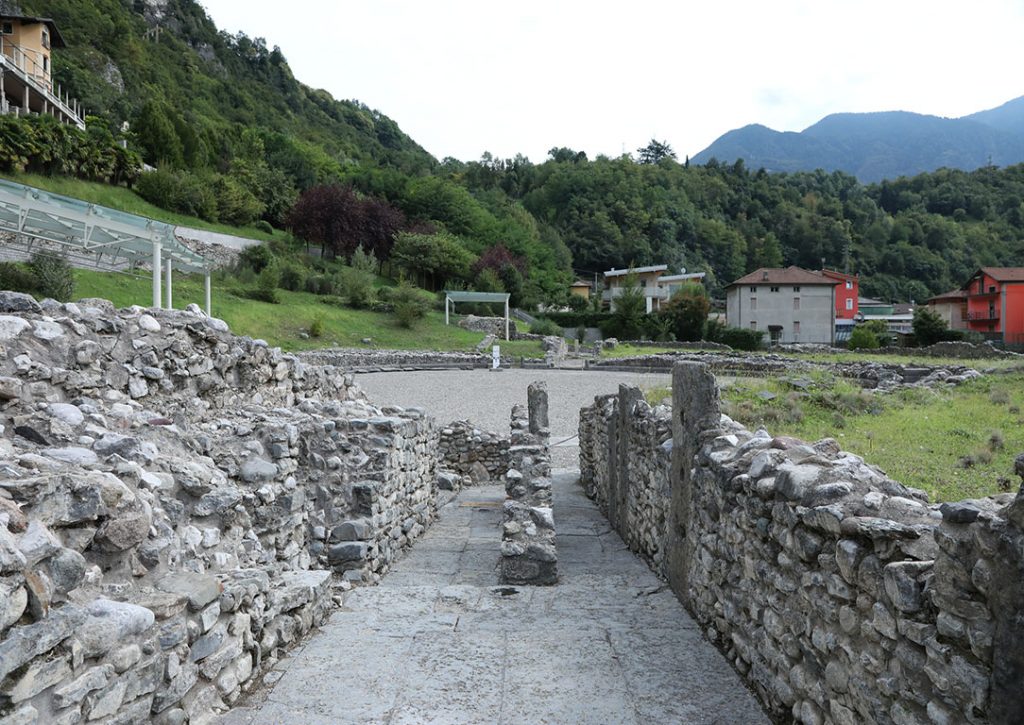
Museo Archeologico Nazionale della Valle Camonica
Cividate Camuno is located in the middle Valle Camonica, south of Breno, where important remains of the ancient settlement of the valley were found on the hill of the castle, including traces of Neolithic presence and the remains of terraces and huts of the Copper Age. At the end of the 1st century B.C., as part of the process of conquest and Romanisation of the Alps, an actual city was founded near the Oglio river. The city’s theatre and amphitheatre, thermal bath buildings, numerous private buildings and necropolises have been brought to light.
The forensic area developed at the foot of the Santo Stefano hill, also along the Oglio river. Here, remains of a more ancient prehistoric settlement were excavated, dating back to the Upper Palaeolithic but including numerous subsequent phases.
The Building
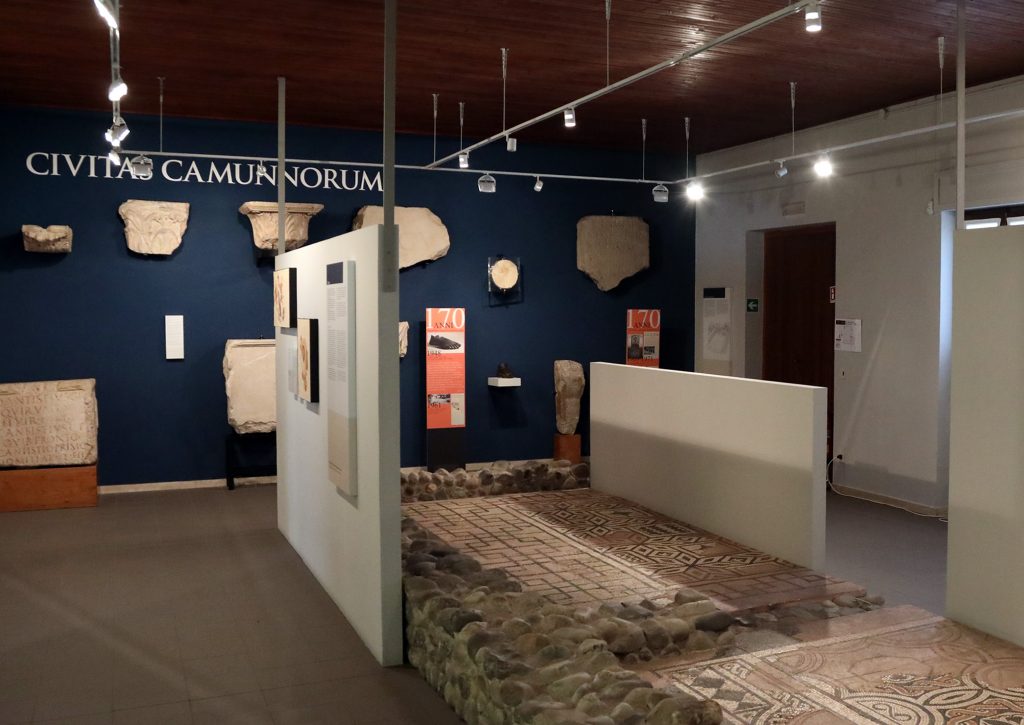
Museo Archeologico Nazionale della Valle Camonica - Gli interni
Inaugurated in 1981, the museum underwent an expansion in 2010 with the addition of a new exhibition and educational space, and in 2011 with the creation of a new exhibition itinerary dedicated to the rich decorative apparatus of a domus excavated in the area of the forum.
The Collection
The museum is divided into four sections: the territory, the Roman city, the room of gods and heroes, and the necropolises. The itinerary is completed by a room dedicated to domestic life in smaller settlements. Finds of extraordinary importance include the two large statues that dominate the room dedicated to the gods and heroes: the statue of the goddess Minerva and a statue found in the forensic area of Cividate Camuno in 2004, representing a male character portrayed in a heroic pose.
Large architectural elements from the area of the forum and from the theatres are situated in the outer garden.
-
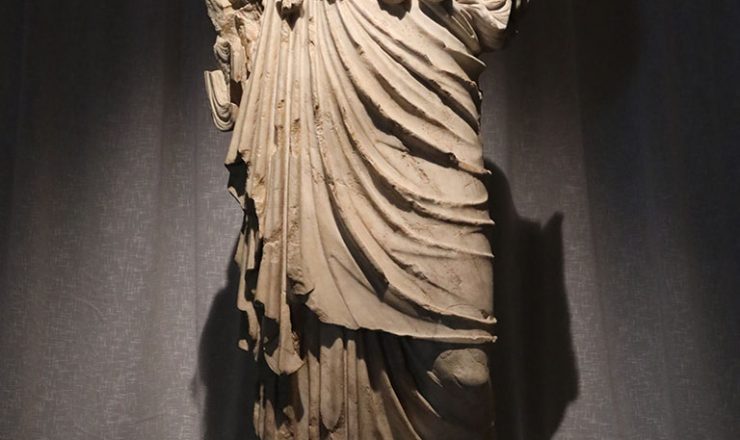
Statue of Minerva Hygeia
The statue depicts Minerva, the most important deity of the Valle Camonica in Roman times. Probably dating back to the Augustan age, it was discovered in 1986 in Breno, in a sanctuary dedicated to the goddess. Its typology is that of the Athena Hygeia of the Phidiac type, of which, however, only the helmet with Sphinx is preserved.
-
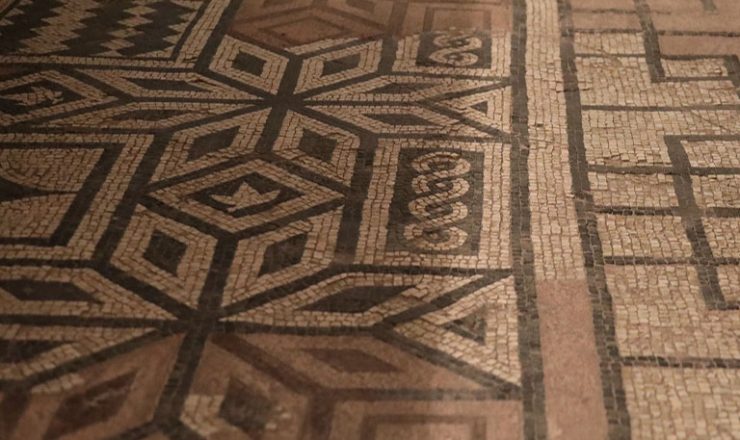
Mosaics
The mosaic floors, dating from the 1st and 2nd centuries A.D., come from the city’s public baths. The first is simpler, with geometric motifs in black and white tesserae; the second also presents touches of orange and brown and more complex motifs, including Solomon’s knot, the symbol of alliance and union.
-
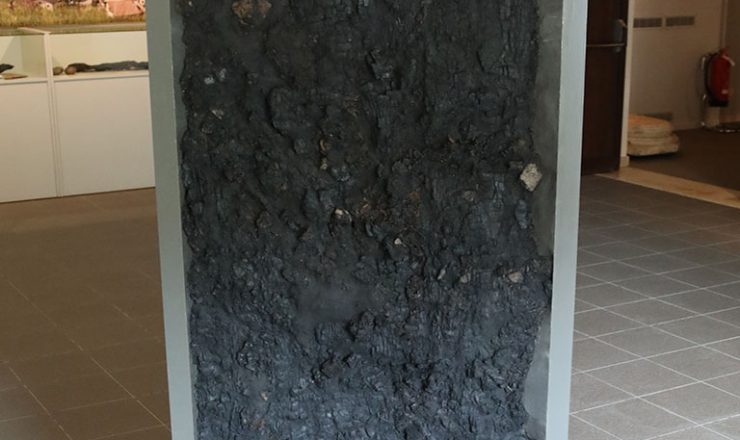
Wooden door
The wooden door from the house of Pescarzo at Capo di Ponte is an exceptional find. Dating to the period between the 2nd and 1st centuries B.C., it is made of three larch wood planks placed side by side. It is one of the most well preserved ancient doors of the entire Alpine area.
-
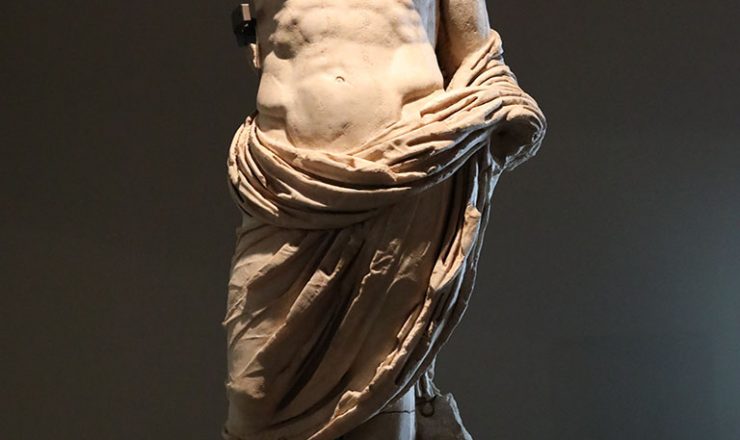
Statue of hero
The statue made of local marble was discovered in 2004 in the forensic area of the Roman city. It represents a male character, perhaps Drusus Minor (15 B.C.-23 A.D.), portrayed in a heroic pose according to the schema of images of emperors or persons of imperial rank in the 1st century A.D.
-
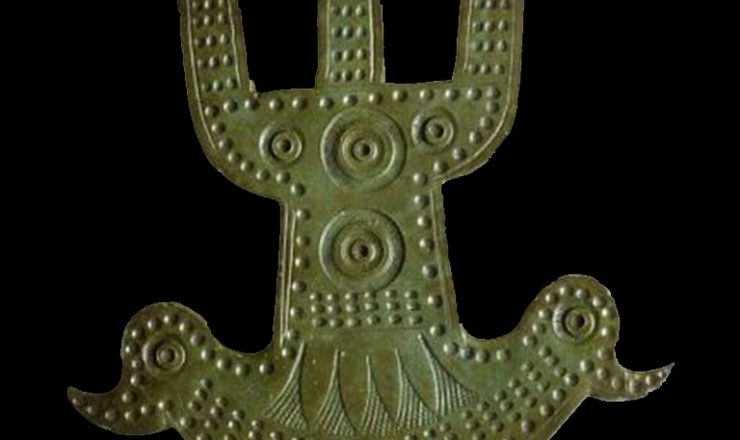
Plaque from Breno-Spinera
Dating back to the 5th century B.C., the pendant-amulet is composed of a bronze plaque depicting a schematic figure on a “solar boat” with the head of an aquatic bird. Filled with strong symbolic meanings, it perhaps depicts the image of the indigenous female deity linked to the cult of the waters.
-
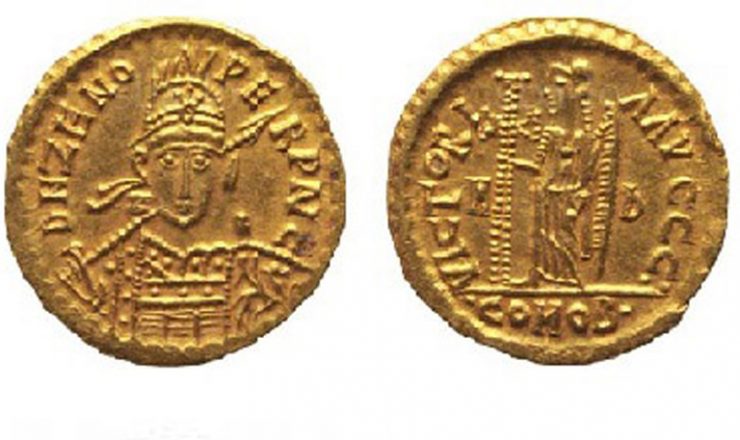
The treasure of Braone
Comprising nine gold coins (solid), it was found by chance at Braone in November 1956 inside a lead case. The coins date back to the late 5th and early 6th centuries A.D.
Address
Via Roma, 29
25040 Civitade Camuno
Ownership
Ente MiC
Tipology
No profit/donation museum, gallery